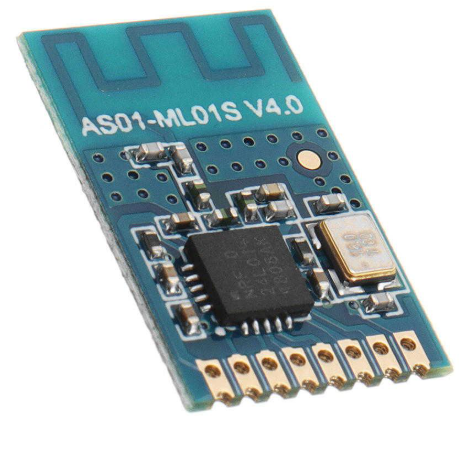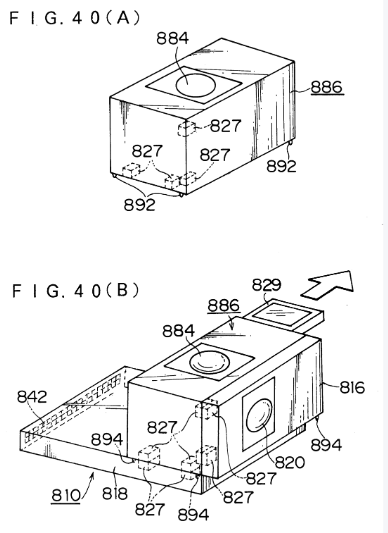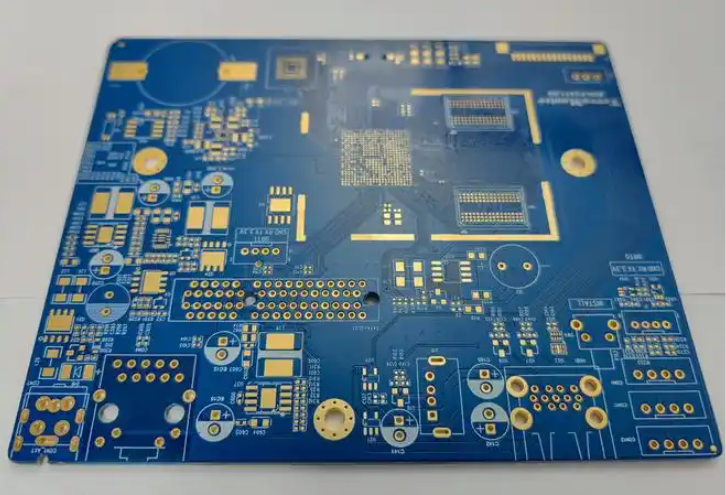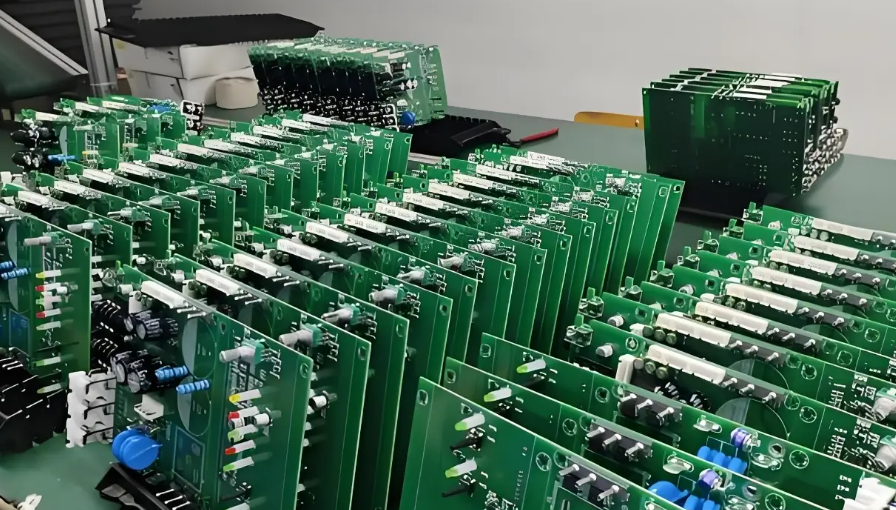Choosing the right material for an RF PCB (Radio Frequency Printed Circuit Board) is critical to ensuring optimal performance in high-frequency applications. Key factors like dielectric constant (Dk), dissipation factor (Df), thermal conductivity, and cost play a major role in this decision. In this comprehensive guide, we’ll break down these properties, compare popular material options like high-performance laminates versus standard substrates, and help you make an informed choice for your RF designs. Whether you’re working on wireless communication, radar systems, or IoT devices, this blog will provide actionable insights to meet your project needs.
Let’s dive into the details of RF PCB material selection, exploring how each property impacts performance and why material choice matters.
Why RF PCB Material Selection Matters
RF PCBs operate at high frequencies, often in the range of 300 MHz to 100 GHz. At these frequencies, signal integrity, impedance control, and heat management become far more challenging than in standard low-frequency circuits. The material you choose directly affects how well your board handles these challenges. A poor material choice can lead to signal loss, overheating, or unreliable performance, while the right material ensures efficiency and durability.
In this guide, we’ll focus on the core properties to consider—dielectric constant (Dk), dissipation factor (Df), thermal conductivity, and cost—and compare two broad categories of materials often used in RF designs: high-performance laminates and standard epoxy-based substrates.
Key Properties in RF PCB Material Selection
Understanding the key properties of PCB materials is the first step in making an informed decision. Below, we’ll explore each factor in detail and explain how it impacts RF performance.
1. Dielectric Constant (Dk) in RF PCB Materials
The dielectric constant, often abbreviated as Dk, measures a material’s ability to store electrical energy in an electric field. For RF PCBs, Dk is critical because it affects the speed of signal propagation and impedance matching. A lower Dk value means faster signal transmission, which is often desirable in high-frequency designs.
For instance, standard epoxy-based materials typically have a Dk value of around 4.5, which is suitable for low-frequency applications but can cause signal delays in RF circuits. In contrast, high-performance laminates designed for RF applications often have Dk values ranging from 2.2 to 3.5, allowing for better signal integrity at frequencies above 1 GHz.
When selecting a material based on Dk, consider the specific frequency range of your application. For example, a material with a Dk of 3.0 might be ideal for a 5 GHz wireless system, ensuring minimal phase distortion and consistent impedance.

2. Dissipation Factor (Df) in RF PCB Materials
The dissipation factor, or Df, indicates how much energy a material loses as heat during signal transmission. A lower Df value means less signal loss, which is crucial for maintaining signal strength in RF applications. High Df values can lead to significant attenuation, especially over long traces or at higher frequencies.
Standard epoxy-based substrates often have a Df of around 0.02, which is acceptable for many general-purpose PCBs but problematic for RF designs. High-performance RF materials, on the other hand, can achieve Df values as low as 0.001 to 0.003, minimizing energy loss and ensuring clearer signals in applications like satellite communication or radar systems.
For example, in a 10 GHz application, using a material with a Df of 0.002 instead of 0.02 could reduce signal loss by several decibels, directly improving system performance. Always check the Df specifications when designing for frequencies above 500 MHz.

3. Thermal Conductivity in RF PCB Materials
Thermal conductivity measures a material’s ability to transfer heat away from components. In RF PCBs, where high-frequency signals and power amplifiers often generate significant heat, effective thermal management is essential to prevent component failure and maintain performance.
Standard materials typically have thermal conductivity values of around 0.3 to 0.5 W/m·K, which may not be sufficient for high-power RF applications. Advanced RF materials, however, can offer thermal conductivity values of 1.0 W/m·K or higher, providing better heat dissipation for demanding designs like power amplifiers in 5G base stations.
If your RF PCB will operate in high-temperature environments or handle high power levels, prioritize materials with higher thermal conductivity to ensure reliability. For instance, a material with 1.2 W/m·K thermal conductivity can keep junction temperatures of RF transistors below critical thresholds, extending component lifespan.

4. Cost Considerations in RF PCB Materials
Cost is always a factor in PCB design, and RF materials vary widely in price. Standard epoxy-based substrates are the most affordable, often costing just a fraction of high-performance alternatives. They’re widely used in consumer electronics where frequency demands are low, and budgets are tight.
High-performance RF materials, however, come at a premium due to their specialized properties. These materials can cost 5 to 10 times more than standard options, depending on the specific formulation and thickness. While the upfront cost is higher, the improved performance in signal integrity and thermal management can justify the investment for critical applications like aerospace or medical devices.
When balancing performance and budget, consider hybrid stack-ups that combine standard and high-performance materials in multilayer designs. For example, using a high-performance material only on the top signal layers while keeping inner layers as standard substrates can reduce costs without sacrificing critical RF performance.

Comparing Popular RF PCB Material Categories: High-Performance Laminates vs. Standard Substrates
Two broad categories dominate the RF PCB material landscape: high-performance laminates tailored for high-frequency applications and standard epoxy-based substrates used in general-purpose designs. Let’s compare them across the key properties discussed above to help you choose the right option for your project.
Dielectric Constant (Dk) Comparison
Standard substrates typically have a Dk of around 4.5, which can lead to slower signal speeds and impedance mismatches in RF circuits. High-performance laminates offer lower Dk values, often between 2.2 and 3.5, making them ideal for applications requiring precise impedance control, such as microwave circuits operating at 10 GHz or higher.
Dissipation Factor (Df) Comparison
With a Df of around 0.02, standard materials suffer from higher signal loss, limiting their use in high-frequency designs. High-performance laminates, with Df values as low as 0.001, provide superior signal clarity, making them the go-to choice for applications where every decibel of signal strength matters, like in long-range wireless systems.
Thermal Conductivity Comparison
Standard substrates offer limited thermal conductivity (0.3 to 0.5 W/m·K), which can lead to overheating in power-intensive RF designs. High-performance materials excel with values of 1.0 W/m·K or more, ensuring better heat dissipation for high-power applications like RF amplifiers in telecommunications equipment.
Cost Comparison
Standard materials are budget-friendly and widely available, making them suitable for non-critical or low-frequency RF designs. High-performance laminates, while significantly more expensive, deliver unmatched performance for demanding applications where reliability and signal integrity are non-negotiable.
How to Choose the Right RF PCB Material for Your Application
Selecting the best material for your RF PCB involves balancing performance requirements with budget constraints. Here are practical steps to guide your decision:
- Define Your Frequency Range: Determine the operating frequency of your design. For frequencies below 500 MHz, standard materials might suffice. Above 1 GHz, consider high-performance laminates for better signal integrity.
- Assess Power and Heat Needs: If your design involves high power levels or operates in harsh environments, prioritize materials with high thermal conductivity to manage heat effectively.
- Evaluate Signal Loss Tolerance: Check the acceptable level of signal loss for your application. For long-distance or high-precision RF systems, opt for materials with a low dissipation factor (Df).
- Set a Budget: Decide how much you’re willing to invest in materials. If cost is a major concern, explore hybrid designs that use high-performance materials only where needed.
- Test and Validate: Once you’ve narrowed down your options, prototype your design with the selected material to ensure it meets performance expectations before full-scale production.
For example, if you’re designing a 5G antenna module operating at 28 GHz, you’ll likely need a high-performance laminate with a Dk of 3.0 and a Df below 0.002 to maintain signal fidelity. However, for a low-frequency IoT sensor operating at 433 MHz, a standard substrate with a Dk of 4.5 might be sufficient and more cost-effective.
Common Challenges in RF PCB Material Selection and How to Overcome Them
Even with a clear understanding of material properties, RF PCB designers often face challenges. Here are some common issues and solutions:
- Impedance Mismatch: Caused by variations in Dk across frequency ranges. Choose materials with stable Dk values over your operating frequency band, and use simulation tools to predict impedance behavior.
- High Material Costs: High-performance materials can strain budgets. Mitigate this by using hybrid stack-ups or negotiating bulk pricing with suppliers for large orders.
- Thermal Stress: Repeated heating and cooling can degrade material performance. Select materials with a low coefficient of thermal expansion (CTE) to minimize stress on vias and traces.
By anticipating these challenges and planning accordingly, you can avoid costly redesigns and ensure your RF PCB performs reliably in the field.
Conclusion: Making an Informed Choice for RF PCB Materials
Selecting the right material for your RF PCB is a balancing act between performance, cost, and application requirements. By understanding key properties like dielectric constant (Dk), dissipation factor (Df), and thermal conductivity, you can make an informed decision that ensures signal integrity and reliability in high-frequency designs. Whether you opt for a standard substrate for budget-friendly projects or a high-performance laminate for cutting-edge RF applications, the right choice will set the foundation for success.
At ALLPCB, we’re committed to helping you navigate the complexities of RF PCB design with high-quality materials and expert support. Start your next project with confidence by leveraging the insights from this guide to choose the perfect material for your needs.




